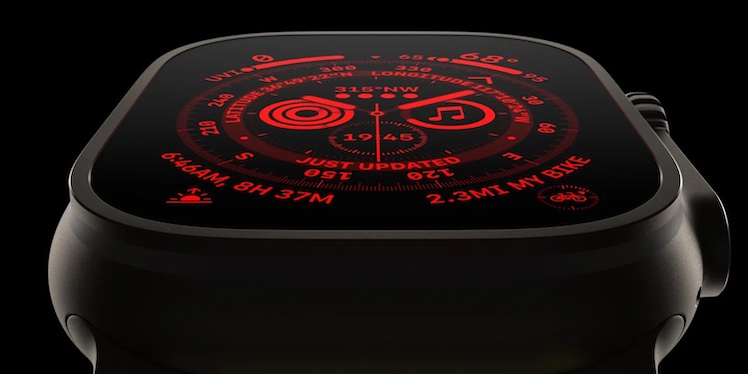The iSpace company tried to land today on the ground of the Moon. With its Hakuto-R lander, the young start-up founded in 2010 only, could mark the history of Japanese space exploration.
Never in its history has the Land of the Rising Sun succeeded in landing on the soil of our satellite. This first meeting could therefore be historic, it was finally missed. If the circumstances that led the lander to the tragedy are still unclear, the speed of the latter was very high a few tens of meters from the ground.
Despite the failure of this mission, the company’s founder and leader Takeshi Hakamada called the flight historic, although fate did not favor them.
A photo of the Earth taken by the Hakuto-R probe before its descent, the visible black spot is the shadow of the Moon© iSpace
Who is iSpace?
iSpace is a Japanese start-up founded in 2010 which aims to help in space exploration, especially around the Moon. In 2014 the company launched into the Google Lunar X, a competition funded by the web giant to develop a solution for landing on the Moon.
Ce prototype, Write it down, will never see the light of day. Google will not finance the program until its term, but iSpace decides to continue the development. Finally the project changes its name and becomes Hakuto-R. The company is forging a partnership with the United Arab Emirates, which has placed a small rover in Hakuto’s “belly”. Rachid thus becomes the first lunar machine to come from the Persian Gulf.
How did the mission go?
Launched on December 11, 2022 by a SpaceX Falcon 9 rocket, the Hakuto lander (white rabbit in French) had reached lunar orbit almost a month ago. Since then, iSpace teams had targeted the Atlas crater in the heart of Lac des Songes (Lake of Dreams) as a landing zone.
The primary landing site for our HAKUTO-R Mission 1 is Atlas Crater, located in the northeastern quadrant of the Moon. (1/3)
? @NASA #ispace #HAKUTO_R #lunarquest pic.twitter.com/qmomqdg17J
— ispace (@ispace_inc) April 25, 2023
Around 6 p.m. French time, Hakuto began to descend gently towards the Moon. By turning on its central engine, it managed to slow its fall in order to land on the lunar ground smoothly. The rest of the mission can be summed up in a long descent of several minutes. In the last moments the lander still had a lot of speed while the altitude was getting dangerously close to zero.
Finally, after 25 minutes of waiting, the leaders of iSpace took the floor and confirmed the loss of signal, without however attesting that the rover had crashed on the Moon. This is the second time that a start-up has tried to reach the Moon without success. A few months ago the Israeli company SpaceIL suffered the same fate.
Going to the Moon, a complex adventure
While the Moon is on everyone’s mind with the return of a manned program in NASA’s specifications, getting to the surface of our satellite is still not an easy thing.
In the history of space exploration only three nations (USA, Russia, China) have successfully landed on our satellite. This mission is nevertheless a good attempt for iSpace and JAXA (the Japanese space agency).
At the beginning of the month, the American agency had also announced that a Japanese astronaut would be part of the missions to the Moon before the end of the decade. This privileged link between the two agencies could serve Europe and France, which are in direct competition with the Asian archipelago in the role of NASA’s “right arm”.

